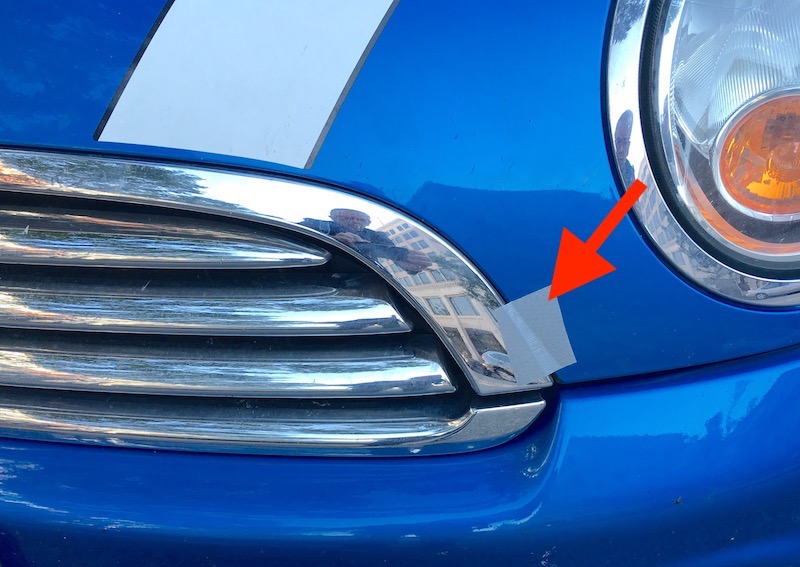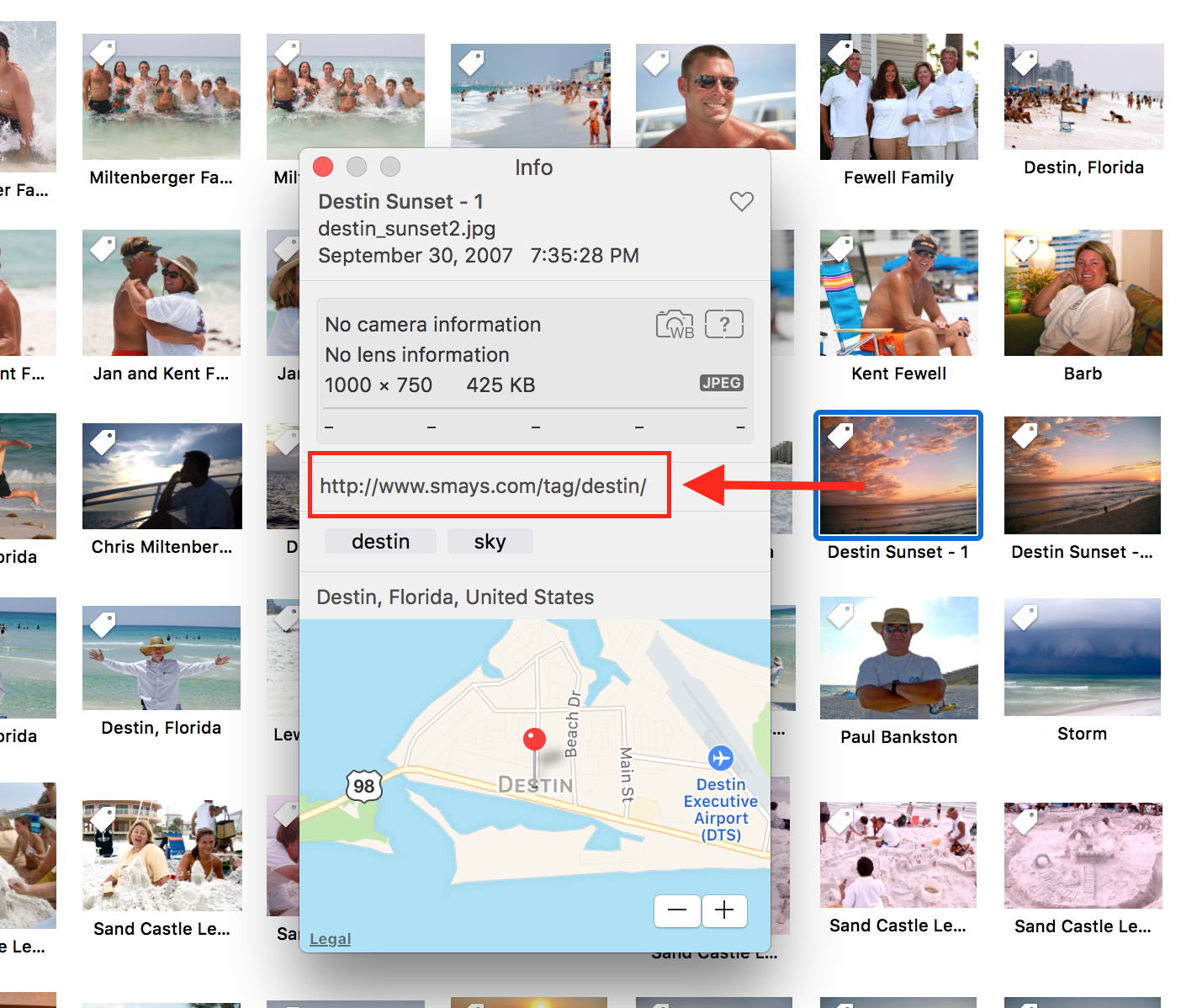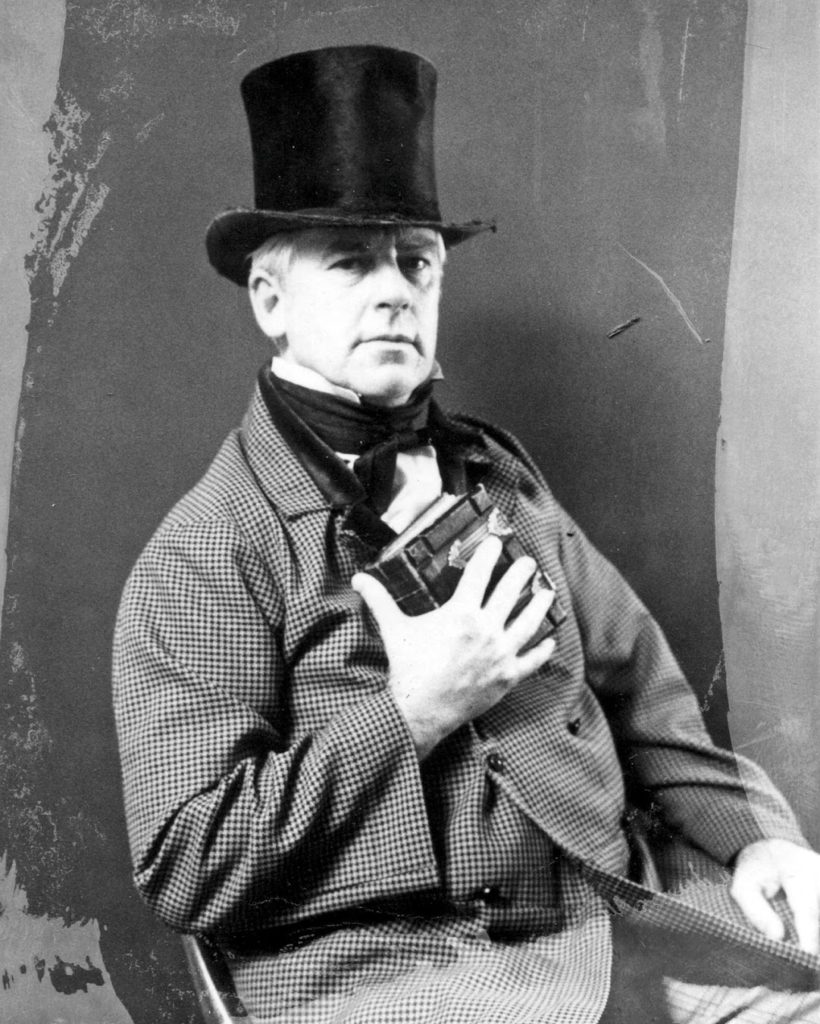 Stopped by a local locksmith this week to have a key made and spotted this old safe. It had been in someone’s barn for a while and they brought it in to have it opened to see what was inside. The locksmith drilled the safe and found what looked to me like one of the first iPods. Would love to know the story.
Stopped by a local locksmith this week to have a key made and spotted this old safe. It had been in someone’s barn for a while and they brought it in to have it opened to see what was inside. The locksmith drilled the safe and found what looked to me like one of the first iPods. Would love to know the story.
Category Archives: Miscellany
Unwanted keepsakes
Barb grew up with five brothers and sisters all sitting around a big dinning room table that was soaked in memories. After her parent died it sat in our basement for years. She was sure a niece or nephew (we are child-free) would want this — and other — treasures. They didn’t, for all of the reasons mentioned in this interesting story.
As baby boomers grow older, the volume of unwanted keepsakes and family heirlooms is poised to grow — along with the number of delicate conversations about what to do with them. According to a 2014 United States census report, more than 20 percent of America’s population will be 65 or older by 2030. As these waves of older adults start moving to smaller dwellings, assisted living facilities or retirement homes, they and their kin will have to part with household possessions that the heirs simply don’t want.
My parents grew up during the Depression (mom on a farm, pop in town) so when they could afford to buy some stuff, they did. And it was important to them.
The competitive accumulation of material goods, a cornerstone of the American dream, dates to the post-World War II economy, when returning veterans fled the cities to establish homes and status in the suburbs. Couples married when they were young, and wedding gifts were meant to be used — and treasured — for life.
I’ve been looking around me as I write this, looking for things I’ll someday want to find a home for. Things with sentimental value. There’s an old microphone used at the station my father and worked at but any collector of radio memorabilia will be thrilled to have it.
As I’ve come to understand that my memories aren’t as real as I once thought them to be, the material items associated with those memories seem less valuable.
Engine teardown timelapse
Chrome and Duct Tape
Had the bonnet up on the MINI yesterday and noticed a piece of trim had come loose. Tiny screw broke free from a plastic mount. Guessing the dealer would replace the strip and it would cost me a couple of hundred bucks. Plan B was a piece of duct tape, just to keep it from rattling. (A time-honored tradition in southern Missouri where I grew up)

Once upon a time this would have been a piece of chrome, not a bit of plastic. As I thought about this I realized chrome has been gone (for the most part) for a long time. Everything molded plastic, the same color as the vehicle. Is there ANY chrome on cars/trucks these days? Our Ford Fairlane and our Chevy Impala had so much chrome on it you could hardly look at it on a bright summer day. Americans loved their shiny automobiles.
Thinking back on the countless photos and videos of Land Rovers I’ve looked at in recent months, I don’t recall seeing any chrome. Which makes sense. Why put chrome on a farm vehicle?
Two guys reading from the newspaper
Photo descriptions
I’m still thinking about photos. Specifically, the story behind photos. The ease of taking, sharing and storing photos has created a tsunami of digital photos. The moment (and the photo that captures it) passes through our hands so quickly, there’s no time to consider the story behind the photo (if there is one). Besides, I know who’s in the photo and where it was taken and I’ll be around forever so why bother with descriptions and such. And there’s something to that. I have dozens of photos of the beach near our place in Destin, FL. There might be a story but there might not. Sometimes the photo IS the story.

Our relationship with photos was very different when cameras used film. Days (weeks?) might pass between the time you took the photo and and when you held the print in your hands. It took some commitment to sit down with a stack of photos and make notes on the back about the people, the place, the event. Perhaps it comes down to who the photo is for. If it’s just for me, well, I know all that and when I’m gone, who cares. If you think of the photo as having a life longer than yours, the back story is priceless.
The photo of my mother and father kissing on a park bench (on their honeymoon) is a good example. What if my mom had written a few lines (on the back) describing where they were and what they had been doing?

I’m not going to write descriptions for the 1,900 photos in my collection. At least not all of them. But I have hit on a way to connect to the story behind the photos. My blog. I’ve been blogging for fifteen years and and have written (and tagged) 30 posts about Destin. I’ve added a link to those posts to the descriptions of the photos in my collection. I have a couple of hundred photos of KBOA and I’ll add http://www.kboa830.com to the description field of those photos. And so on. (If you’re a half-empty type, you’re thinking, “Yeah, but your blog will be gone when you die.” I’m working on that.)
This is all well and good if you’re retired with lots of time to manage your photos. True. But I think the case can be made that a photo that’s not worthy of a brief description might not be worth keeping. And a lot of them aren’t, in my opinion. Folks are fire-hosing photos to the cloud with little or no thought. Google Photos is an attempt to address this.
Rotary dial phone
“Meditation is awareness”
 I have some bad habits and a couple of good ones. Perhaps my best habit is daily mindfulness meditation. I sit on a cushion for 30 minutes (sometimes as long as an hour) and concentrate on my breathing. That’s it. That’s my meditation practice. It’s the best half hour of my day.
I have some bad habits and a couple of good ones. Perhaps my best habit is daily mindfulness meditation. I sit on a cushion for 30 minutes (sometimes as long as an hour) and concentrate on my breathing. That’s it. That’s my meditation practice. It’s the best half hour of my day.
And I haven’t missed a day for the last 271 days, tying previous record. My longest streak is 371 days. I’ve been practicing meditation for years but didn’t start keeping track of my sessions until November, 2014, when I started using an app called Equanimity. It times my session and keeps a simple log.
That first streak (371 days) was broken due to a bout with pneumonia. I started over and made it 271 days before I missed while out of town at my 50th high school reunion. So now I’ve set my sights on 371. If I can make it to September without missing a day, I’ve not a new streak. And I will have only missed two days in the last 1,000.
I can’t control the quality of my meditation sessions but I do have control over whether or not I sit every day. Which is important to me.
Title quote from Meditation Now or Never by Steve Hagen
John Mays

Normal
“Normal is getting dressed in clothes that you buy for work and driving through traffic in a car that you are still paying for – in order to get to the job you need to pay for the clothes and the car, and the house you leave vacant all day so you can afford to live in it.”
― Ellen Goodman
